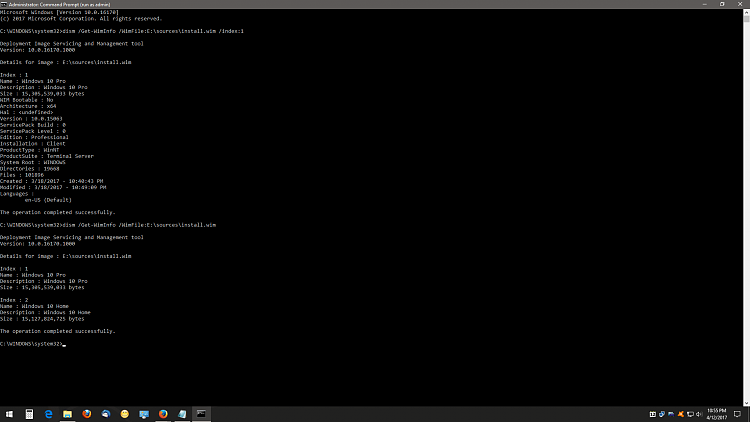Index Of Parent Directory Windows Iso Maker Bootable

The orange light begins to pulse and it starts charging but won't connect to the PS4. If my controller dies, and I connect it to say, a pc usb port to charge. Nokia1172 network antiviruse down.
Related articles • • • This page discusses various multi-platform methods on how to create an Arch Linux Installer USB drive (also referred to as 'flash drive', 'USB stick', 'USB key', etc) for booting in BIOS and UEFI systems. The result will be a LiveUSB (LiveCD-like) system that can be used for installing Arch Linux, system maintenance or for recovery purposes, and that, because of the nature of, will discard all changes once the computer shuts down.
If you would like to run a full install of Arch Linux from a USB drive (i.e. With persistent settings), see.
Parent Directory,. ISO variants ==== The 'liveslak' scripts can generate a variety of Slackware flavors: - a complete 64bit Slackware-current Live Edition (in a.
If you would like to use your bootable Arch Linux USB stick as a rescue USB, see. Tip: Find out the name of your USB drive with lsblk. Make sure that it is not mounted. Run the following command, replacing /dev/ sdx with your drive, e.g. (Do not append a partition number, so do not use something like /dev/sdb 1) # dd bs=4M if=path/to/archlinux.iso of=/dev/ sdx status=progress oflag=sync See for more information about.
See for more information about oflag=sync. Using etcher is a OS image flasher built with node.js and Electron, capable of flashing an SDCard or USB drive. It protects you from accidentally writing to your hard-drives and ensures every byte of data was written correctly. There are 6 related packages in the AUR. In Windows Using Rufus is a multi-purpose USB ISO writer. Simply select the Arch Linux ISO, the USB drive you want to create the bootable Arch Linux onto and click START.
Since Rufus does not care if the drive is properly formatted or not and provides a GUI it may be the easiest and most robust tool to use. Note: The image has to be transferred in DD Image mode. • For Rufus version ≥ 3.0 select GPT from the Partition scheme drop-down menu. After clicking START you will get the mode selection dialog, select DD Image mode.
• For Rufus version. Tip: If you do not want to install Cygwin, you can download dd for Windows from.
See the next section for more information. Place your image file in your home directory: C: cygwin home John Run cygwin as administrator (required for cygwin to access hardware). To write to your USB drive use the following command: dd if=image.iso of=. X: bs=4M where image.iso is the path to the iso image file within the cygwin directory. X: is your USB flash drive where x is the windows designated letter, e.g. On Cygwin 6.0, find out the correct partition with: cat /proc/partitions and write the ISO image with the information from the output. Warning: This will irrevocably delete all files on your USB flash drive, so make sure you do not have any important files on the flash drive before doing this.
Dd if=image.iso of=/dev/sdb bs=4M dd for Windows A GPL licensed dd version for Windows is available at. The advantage of this over Cygwin is a smaller download. Use it as shown in instructions for Cygwin above.
To begin, download the latest version of dd for Windows. Once downloaded, extract the archive's contents into Downloads or elsewhere. Now, launch your command prompt as an administrator. Next, change directory ( cd) into the Downloads directory.
If your Arch Linux ISO is elsewhere you may need to state the full path, for convenience you may wish to put the Arch Linux ISO into the same folder as the dd executable. The basic format of the command will look like this. # dd if= archlinux-version -x86_64.iso od=. Note: Alternatively, replace the drive letter with. PhysicalDrive X, where X is the physical drive number (starts from 0). Example: # dd if=ISOs archlinux- version-x86_64.iso of=.